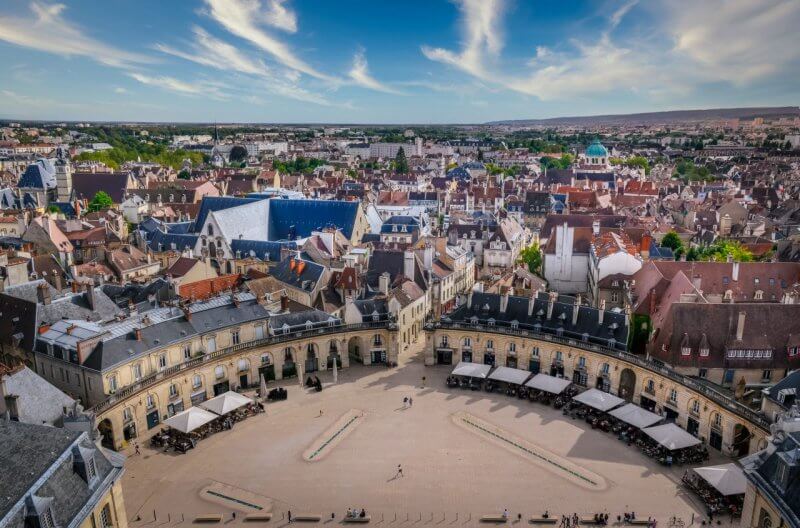Dijon, France-a colorful French city where you can experience the atmosphere of the Middle Ages and get acquainted with the cultural heritage of the region. It is famous for a variety of historical attractions, fine architecture and exciting activities.
General information
Dijon is a city in eastern France, the administrative center of the Cote d’Or department and the historical region of Burgundy. It is located 326 m from Paris and 190 km from Lyon. The total area is 41 km2, the population is about 157 thousand people.
Surrounded by Burgundy vineyards, Dijon lies in the middle of a picturesque plain between the Rhone and Saone valleys. In the direction of the municipality of Beaune, the famous Route des Grands Crus, a 60-kilometer tourist route that crosses 38 wine villages, stretches from it.
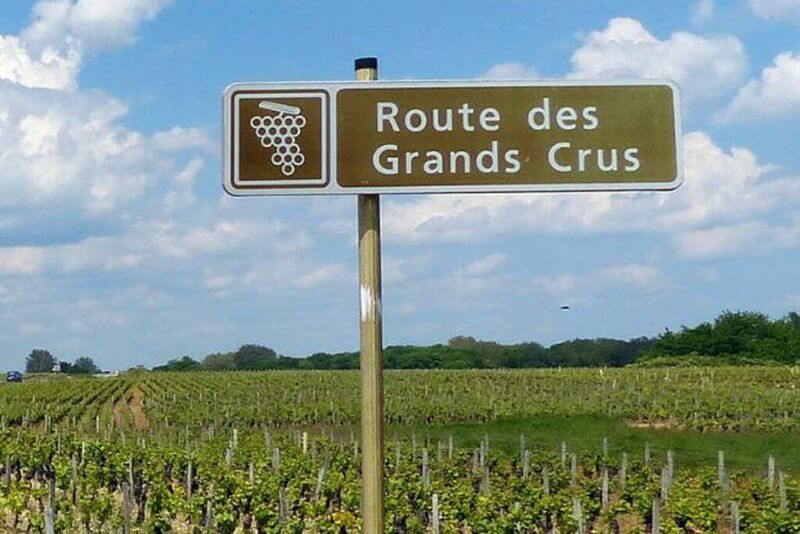
Since the beginning of the 11th century, the city has been a stronghold of the powerful and incredibly rich Duchy of Burgundy. And since many of its representatives were ardent fans of art, Dijon developed rapidly and attracted the active attention of the greatest artists and musicians.
Over time, the small settlement turned into one of the most beautiful cities in France, a center of science and the arts. Despite its centuries-old history, Dijon has managed to preserve its architectural appearance, which intertwines elements of Gothic and Renaissance. The historic districts of this city are a cluster of temples and typical Burgundian palaces, decorated with geometric patterns of glazes and decorative tiles. Many of the old buildings now have free museums and art galleries.
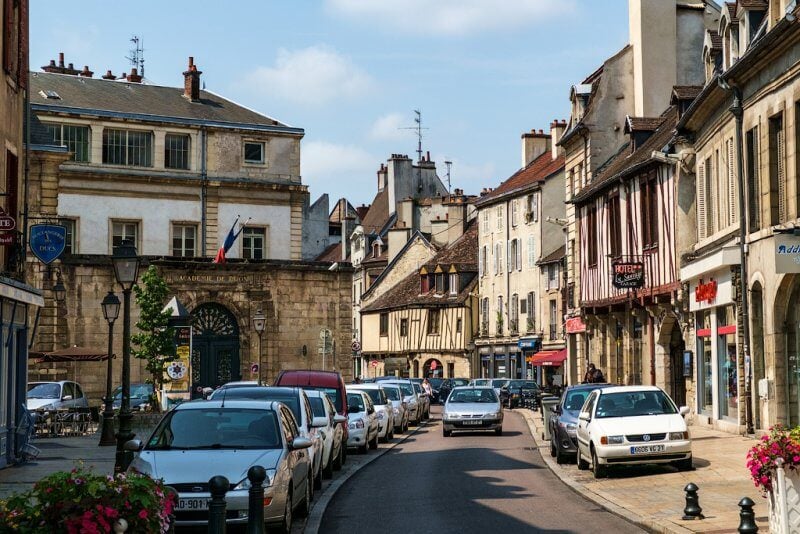
In addition, it is famous for parks, gardens, wines, gastronomy (there are many Michelin-starred restaurants). There is also the main shopping street in Dijon (Rue de la Liberté), which stretches close to the Ducal Palace. This is where Maille, a real Dijon mustard, is sold.
Dijon today
Since ancient times, Dijon has remained one of the largest centers of science, culture and art not only in France, but also in Europe. Now it has 15 universities, an observatory, various scientific societies, a botanical garden, and an extensive library.
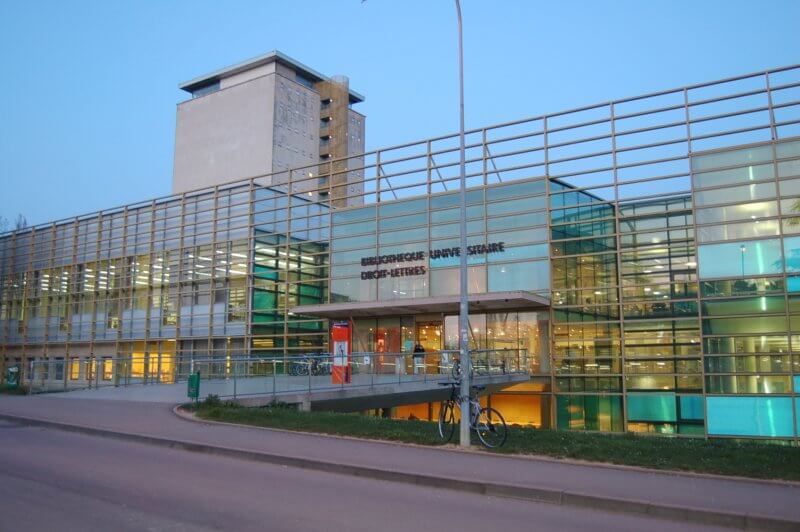
The industrial sector deserves no less attention. Chemical, electrical and mechanical plants operate in the city, and the production of leather, automobile components, cotton and wool fabrics, wallpaper, and wax products is established. Wine trade, gardening, and floriculture are also flourishing. Dijon also has its own port serving pleasure boats and yachts.
Weather conditions
Climate Dijon has a temperate continental climate with changeable weather and frequent precipitation in the form of snow and rain. The best time to explore the city’s attractions is from mid-May to mid-September. The warmest months are July and August, when it is +25°C outside during the day, and from +14 to +15°C at night. On the hottest days, the thermometer can rise above +30°C (in the summer of 2020, a record of + 39°C was recorded). In addition, there are frequent thunderstorms and heavy rains in the summer.

With the arrival of autumn, the heat gradually decreases: in September, +16…+20 °C is observed, in October – +10…+14°C, in November – +5…+9°C.
Winters are mild, wet, with a strong thaw during the day and light frost at night. There are also snowfalls, and sometimes there are severe cold spells (-10°C and below). In December and January, it is very wet outside, and there is a high probability of precipitation. As for the calendar of events, Dijon hosts the Fête de la Vigne festival in August, during which you can taste snacks and wines, as well as take part in various master classes and seminars. In autumn, you can find another interesting event in the city – the Foire Internationale et Gastronomique festival, dedicated to the culinary traditions of France.
Dijon tourist attractions
The sights of Dijon in France are pleasing not only for their diversity, but also for their almost perfect condition – they were almost not damaged during the world wars. Seeing all of them in one visit will be quite difficult, so start with the most visited places.
Dijon Cathedral
The cathedral, dedicated to the patron saint of the city, Venigne of Dijon, is located in the historic center. Its tall, slender spire and colorful roofs are visible from all corners. The building we see now was built on the site of an even older church. The temple is made in the early Gothic style – its decor includes a large number of ornaments, sculptures, openwork cornices, turrets, outbuildings, fancy gargoyles, stained glass windows, etc.
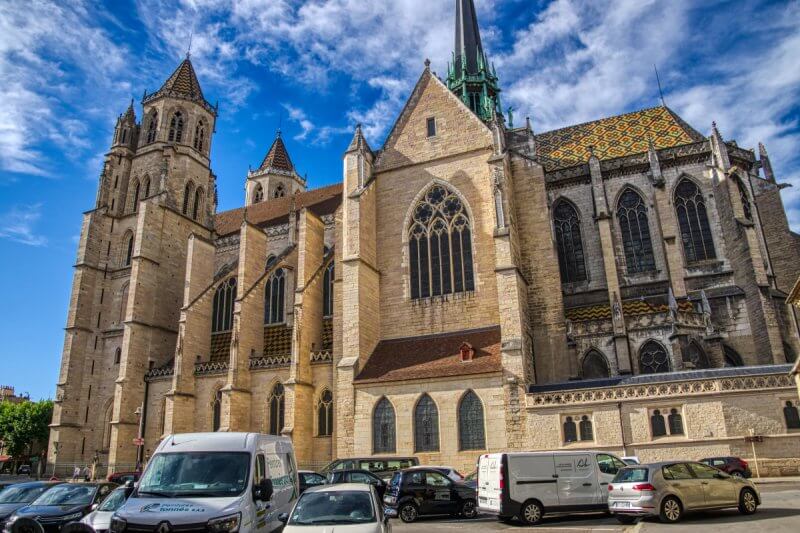
Inside, the cathedral is very bright. High ceilings are supported by an arcade, and the main decoration of the interior is marble sculptures preserved from ancient times. The most interesting part of this structure is called the crypt, in which there is a sarcophagus with a saint.
- Address: Pl. Saint Bénigne, 21000 Dijon, France.
- Opening hours: from 07: 00 to 20: 00.
- Admission is free. Crypt inspection 2€.
- Official website: www.cathedrale-dijon.fr.
Church of Our Lady of Dijon
The Cathedral of Our Lady of Dijon was built in 1220 by order of the townspeople. The building has an unusual architecture, decorated in the style of flaming Gothic. It is long and very narrow, made in the form of a Latin cross and does not have a single extension or chapel. In the 19th century, an unprecedented incident occurred with the cathedral at that time: during the next restoration, all the later layers were removed from it, the alterations were eliminated, and the gargoyles were returned to their place. Thus, now the cathedral has the same appearance as in the 13th century.
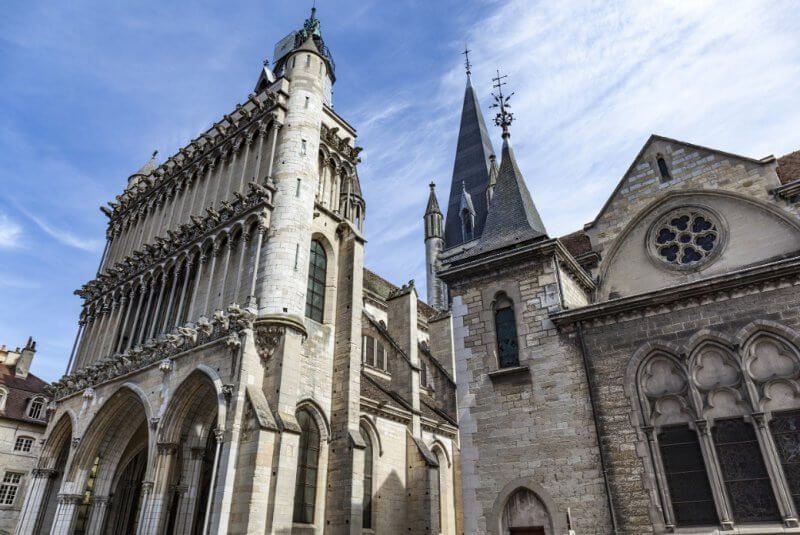
One of the attractions of the church is an ancient statue of the Madonna of Good Hope and a stone figure of an owl carved on the outer wall. This bird is called the main symbol of Dijon. Its image marks the main tourist routes (“Following the owl”).
- Address: 2 Place Notre Dame, 21000 Dijon, France.
- Opening hours: Monday-Saturday from 08: 00 to 18: 00, Sunday-from 09: 00 to 18: 00.
- Official website: http://notre-dame-dijon.blogspot.com.
Palace of the Dukes of Burgundy
A monumental palace that once housed the powerful dukes of Burgundy. Now it houses municipal offices and the Museum of Fine Arts, where you can see unique paintings. The neoclassical facade of this luxury building overlooks Liberacion, the city’s main square, and each part of the complex is dedicated to a specific historical period. The oldest of them is the Manor Tower, built under Philip the Brave. His tombstone is kept in one of the halls of the palace. Currently, Le palais des ducs et des États de Bourgogne houses the Dijon Museum of Fine Arts with a unique collection of Old French paintings.
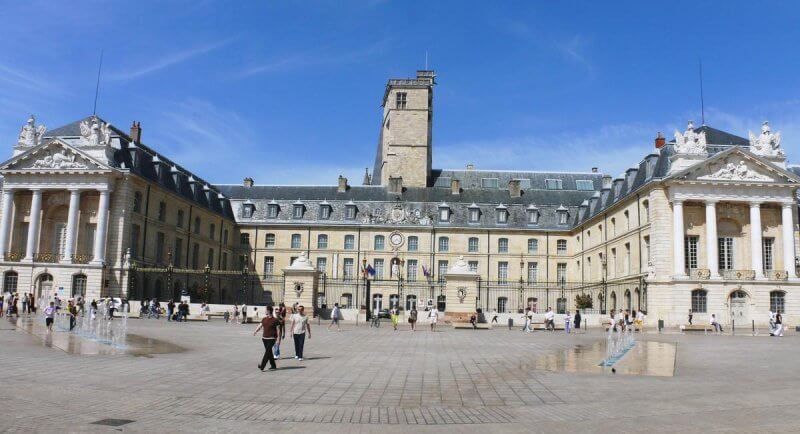
- Адрес: Palais des ducs et des Etats de Bourgogne, Place de la Libération, Дижон, Франция.
- Opening hours: every day except Tuesday from 09: 00 to 18: 00.
- Official website: https://beaux-arts.dijon.fr.
L’arquebuse Botanical Garden
The Jardin de l’arquebuse is one of Dijon’s most significant natural attractions. It occupies 5 hectares, on which there is an arboretum, a pond, a stream, a rose garden and many other interesting objects. This is a favorite place for walking not only among tourists, but also among locals. The name of the park is associated with the ancient order of knights, who practiced here in shooting with arquebuses.
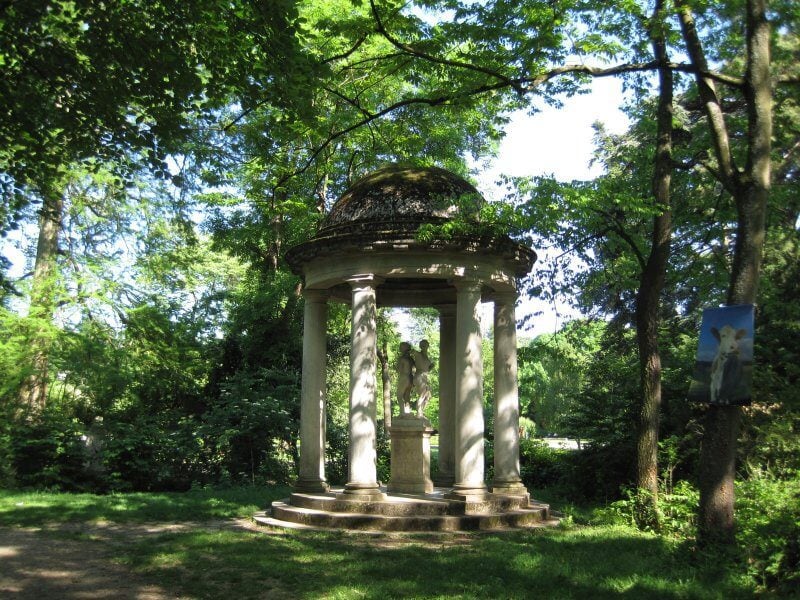
Since its foundation in the late 18th century, the garden has managed to acquire almost 4 thousand plants representing the nature of various parts of France, the subtropical zone and the Mediterranean. Now there is a botany school and several species of waterfowl live here all the time.
- Location: Jardin Botanique de l’arquebuse, Avenue Albert 1er, Dijon, France.
- Opening hours: daily from 07: 30 to 21: 00.
- Admission is free.
- Official website: https://www.dijon.fr/Sortir-Bouger/Balades-en-nature/Parcs-urbains/Parc-de-l-Arquebuse.
Darcy Park
A small cozy park located between the railway station and the Old Town. A favorite place for picnics, meetings with friends and walks. Laid in honor of the engineer who in 1838 placed on this site a reservoir with clean water and a unique system of sewage treatment plants. Thanks to this invention, Dijon became the first city in Europe with an underground water supply system. In memory of the inventor, local residents have created a beautiful park with fountains, balustrades, bridges, statues, waterfalls and a variety of entertainment.
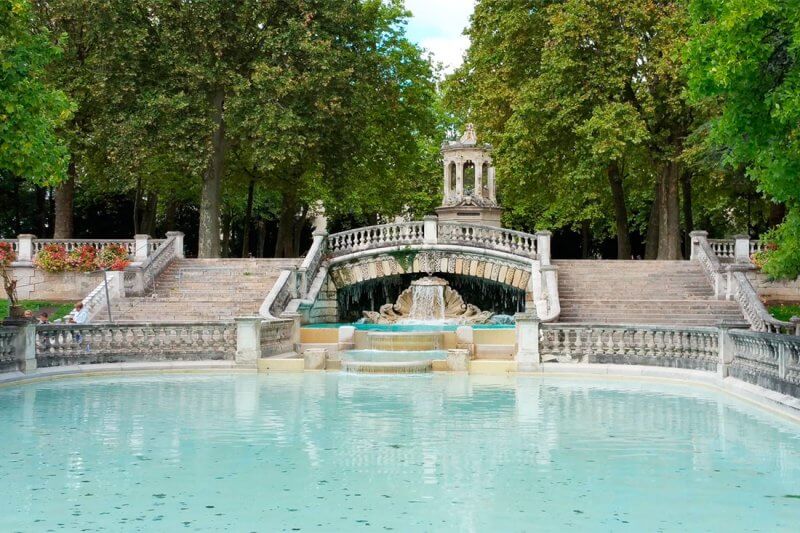
- Location: Pl. Darcy, 21000 Dijon, France.
- Opening hours: daily from 07: 30 to 19: 00.
- Admission is free.
St. Michael’s Church
Église Saint-Michel de Dijon is an unusual architectural landmark with elements of Gothic and Renaissance architecture. The building is very visible and can be seen from any part of the city. And not the least role in this is played by stone domes decorated with gilded spheres. The structure has a cross-like shape, large lancet windows, turrets and buttresses.
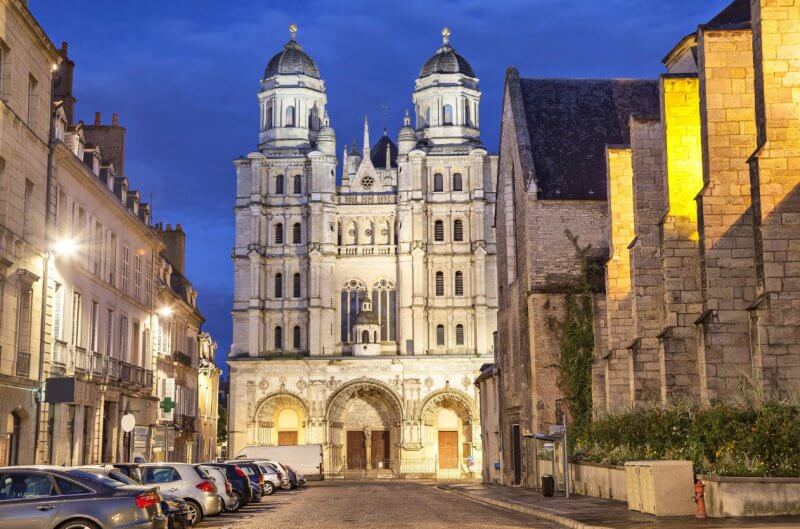
Pitched roofs and spires give this structure a very unusual look, and the interior space is decorated with numerous paintings and medieval stained glass windows. At the same time, all parts of the church are decorated with complex fine stone carvings with an abundance of small details. They read stories on a variety of topics – scenes from the lives of saints, ornaments, figures of animals and people. Now the Church of St. Michael is included in the UNESCO World Heritage List.
- Address: 5 Pl. Saint-Michel, 21000 Dijon, France.
- Opening hours: daily from 08: 00 to 19: 00.
- Admission is free.
- Official website: https://www.saint-michel-dijon.com.
Natural History Museum
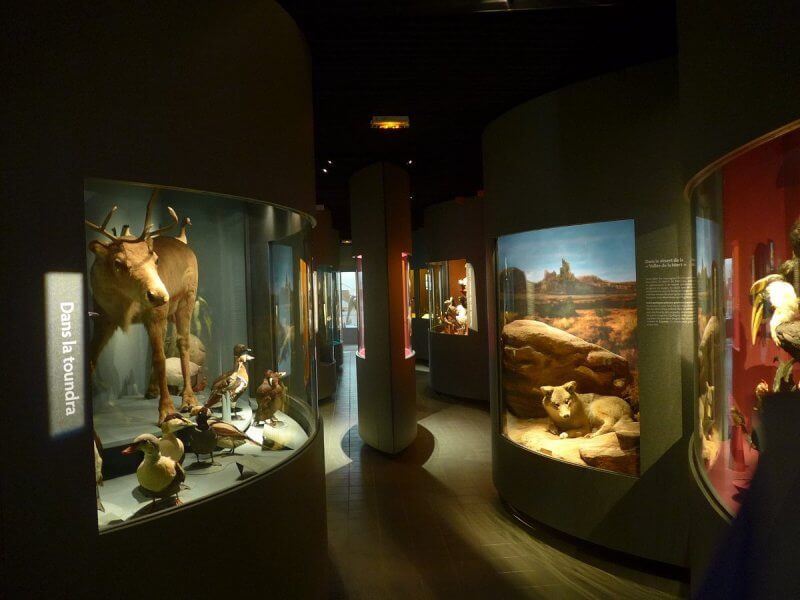
The Natural History Museum, founded in 1836, is located in a park and botanical garden next to Dijon Train Station. Today it houses a rich collection of animals and insects, as well as many exhibits related to the geological and paleontological profile. The institution has permanent and temporary expositions – most of them actively use interactive technologies. In addition, this natural science complex includes the city planetarium.
- Адрес: Muséum d’histoire naturelle, 1 Av. Albert 1er, 21000 Dijon, France.
- Opening hours: Monday, Wednesday-Friday: from 09: 00 to 12: 30, from 14: 00 to 18: 00; Saturday, Sunday – from 14: 00 to 18: 00; Tuesday-closed.
- Official website. https://www.metropole-dijon.fr/Services-et-missions/Environnement-et-qualite-de-vie/Biodiversite.
William Gate
In many photos of Dijon, you can see the William Gate in the tourist avenues. This ancient Arc de Triomphe, located in Darcy Square, is another significant symbol of the city. Until the 18th century, the Guillaume Gate was part of a huge fortress wall, which was then demolished as unnecessary. Now it is a popular tourist attraction, the entrance to the historic center, as well as the beginning of the owl route. The gate got its name in honor of the same engineer who saved the city from unsanitary conditions. On the square next to the arch there are restaurants, tram stops, various shops. If you pass under it, you can go to the avenue and buy Dijon souvenirs from street vendors.
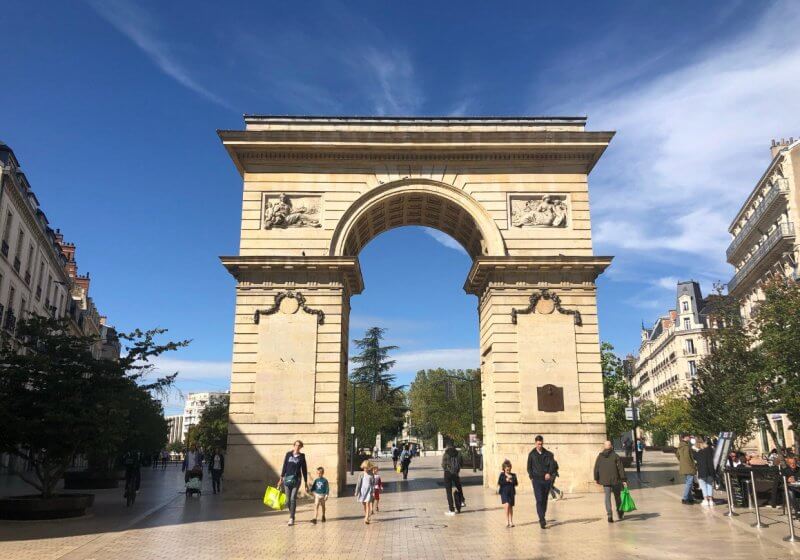
Location: 13 Pl. Darcy, 21000 Dijon, France.
Museum of Burgundian Life
Musée de la vie bourguignonne, which occupies the building of an ancient convent, tells visitors about the peculiarities of rural life of the inhabitants of Burgundy of past centuries. Its first exhibition was opened in 1984. Since then, the museum’s collection has been expanded with a large number of interesting ethnographic attractions.
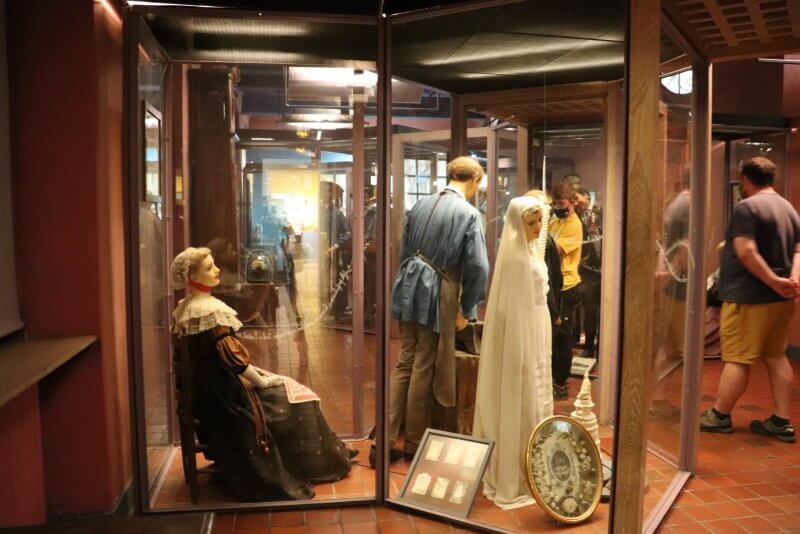
One of the founders of the museum of Burgundian life was Maurice Perrin de Puycusen, who collected rarities for many years. They formed the basis of the local exposition. The museum is very unusual – for example, its entire ground floor is a 19th-century street with a pharmacy, a watchmaker’s shop, a grocery store, a fur atelier and other establishments typical of that time. In addition, there are 10 renovated shops that allow you to plunge into the daily life of Dijon residents, an art gallery and a small cinema hall.
- Address: Musée de la Vie bourguignonne, Rue Sainte-Anne, Dijon, France.
- Opening hours: April 1-September 30: from 09: 00 to 12: 30 and from 13: 30 to 18: 00; October 1-April 30: from 09: 00 to 12:00 and from 14:00 to 18: 00. Weekend – Tuesday, May 1, January 1, May 8, November 1, July 14, December 25, November 11.
- Admission: free.
- Official website: https://musees.dijon.fr.
Where to stay?
As a popular tourist destination, Dijon offers not only a large number of attractions, but also many places to stay. Tourists will find good mid-level hotels, cozy apartments and upscale hotels located in ancient mansions.
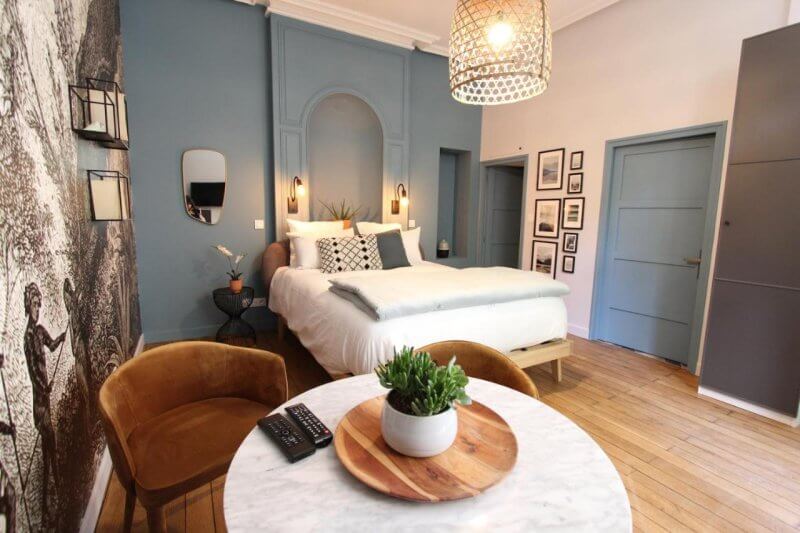
The most expensive of them are concentrated around the park Colombieres and the Old Town. Both places are quite colorful and allow you to feel the medieval atmosphere. But be prepared for the fact that almost all rooms will be tiny in size. More modern housing can be found near the Toisond’Or technology Park, but this is practically an urban suburb.
If we talk about prices, accommodation in a double room of a 3* hotel starts from 50 € per day, in a 5* hotel – from 250 €.
How to get there from Paris?
Dijon, a city in France, has developed transport links not only with other French cities, but also with neighboring countries (Italy, Switzerland, Belgium). The nearest international airport is in Lyon – where you can take high-speed trains (Dijon Railway station is a 5-minute walk from the center). The journey will take about 1.5 hours. The ticket price is 50-60 € (if you order online, it will be cheaper).
Getting to Dijon is not difficult, but it is most convenient to do it from Paris. The distance between the cities is 319 km. There are several ways to overcome it.
Method 1: By train
A large number of direct TGV trains run between the two cities during the day. The first flight departs at 06:51, the last-at 20: 53. The exact schedule can be viewed on the SNCF website (www.sncf.com/en). Departure point in Paris-Place Louis Armand (Lyon railway station). Place of arrival-Porte Neuve (avenue Junot) or Ville (31 cours de la gare).
If you arrive in the French capital by plane, take the TGV train to Aéroport Charles de Gaulle. The railway station is located next to Terminal 2. Trains run to Dijon Ville station. Travel time is about 2.5 hours (the fastest is 1.5 hours). Tickets can be purchased at ticket offices or via the Internet. The price starts from 90 €.
There is also the” slow ” TER train, which runs for 3 hours, but costs only 18 € in both directions. From Paris-Bercy, it departs on Saturday at 15: 20, arrives in Dijon at 18: 14. The return flight is on Sunday at 19: 46. Arrival – at 22: 44. Tickets are sold only at the Lyon railway station and Paris-Bercy.
Method 2. By bus
A trip from Paris to Dijon by bus will cost 7-15 € (depending on the season, day of the week and when the reservation is made). Travel time – 3 hours, on weekends or on holidays-longer. Most flights depart from the Paris Gare de Lyon bus station (next to the same train station, 3 km from the city center), and arrive at Dijon Gare Routière (1 km from the center).
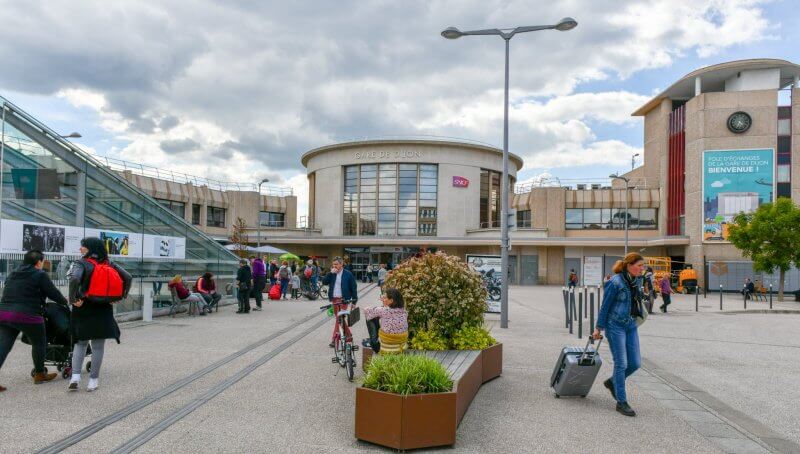
Bus services on this route are provided by such well-known companies as Eurolines Switzerland, BlaBlaCar Bus, Flixbus, SNCF / Autocar, Eurolines France, Alsa and Ouibus.
Interesting facts
Finally, here are some interesting facts related to the history of the city of Dijon (France):
- Many delicacies that everyone considers American were invented here (for example, wine-stewed chicken or meatloaf).
- There are 100 bell towers in the city.
- Scenes from the film Cyrano de Bergerac were shot in Miller’s house near the Cathedral of Dijon.
- In the lexicon of local residents, there are many dialects that are used only in this region. One of them, the most common, is “du coup “(“by the way”).
- It is believed that an owl carved on the facade of the Church of Our Lady can bring good luck. To do this, just stroke her image with your left hand.
- Dijon has more than 7 hectares of green space, making it one of the greenest cities in France.
Perpignan, France: Unveiling the Artistic and Historical Treasures

